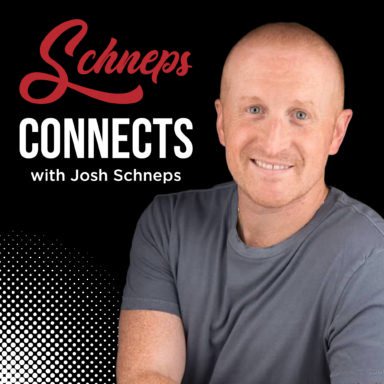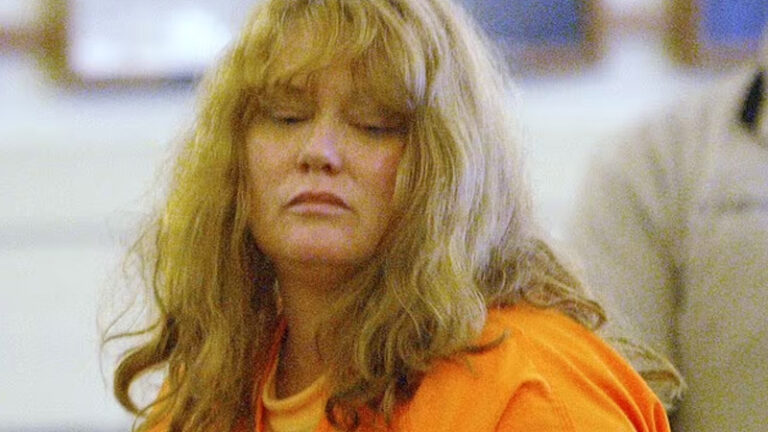
In response to escalating tensions and complaints from communities surrounding migrant shelters, New York City is set to impose a curfew at four migrant “respite centers” across the five boroughs. As the night descends,
migrants at these centers will be required to check in at 11 p.m., cocooning themselves within until 6 a.m. (amny.com) – mirroring the existing curfew enforced at shelters run by the city’s Department of Homeless Services. The move,
confirmed by Mayor Eric Adams’ office, addresses concerns raised by neighborhoods adjacent to migrant shelters, where residents have expressed frustration over newcomers canvassing door-to-door in search of food, clothing, or financial assistance.

These respite centers, overseen by the city’s Emergency Management office, serve as temporary havens for newcomers awaiting placements in more extended-term migrant or homeless shelters.
Mayor Adams, in a candid conversation with conservative radio host Sid Rosenberg, emphasized the necessity of implementing curfews to shield communities surrounding shelters from undue disturbances.
“I believe that we should have curfews, just as we have at our other shelters as part of the Department of Social Services… ( 📰 The Big Move Kim Has Made, Days After Telling His Military to Prepare to Destroy The US ) Our goal is not to harm communities,” Adams declared, underscoring the delicate balance between aiding migrants and maintaining community harmony.
Scheduled to take effect on Tuesday night, the curfew will be instituted at four specific sites: 35th Avenue Astoria and Judo on 35th Street, the JFK Respite Center on North Boundary Road in Queens, the Stockton Center on Stockton Street in Brooklyn, and the Lincoln Manhattan on Central Park North in Manhattan. The mayor’s office, through spokesperson Kayla Mamelak Altus, explained that beyond addressing community concerns, the policy aims to “manage” capacity within the facilities efficiently. Altus stated, “This policy will allow for more efficient capacity management for migrants in the city’s care.”
Exceptions to the curfew include allowances for work, school, legal, and medical appointments, offering a degree of flexibility for migrants navigating their daily lives. Altus emphasized the importance of requesting waivers from site managers ahead of time to accommodate these exceptions. However, a stern warning accompanied the curfew policy – those found violating it three times within 30 days could face bed loss following a comprehensive evaluation.
Adams’ administration clarified that curfews at respite centers aren’t entirely novel, having been employed in the past. The mayor attributed the visible struggles, such as migrants begging in adjacent communities, to the administration’s inability to keep pace with the influx without substantial aid from federal and state governments. “The visualization of this crisis is going to start to be displayed,” Adams acknowledged, highlighting the daunting challenge posed by the influx of over 168,000 migrants, a number expected to surpass 170,000.
City Council Member Joann Ariola echoed the sentiment that a curfew could be beneficial, citing the increasing presence of migrants in adjacent communities. Ariola noted during a private call that homeowners were facing migrants at their front doors at all hours, indicating a need for intervention. However, immigrant advocates, including Murad Awawdeh, executive director of the New York Immigration Coalition, argue that the curfew may harm newcomers without addressing the root causes. Awawdeh questioned the efficacy of the decision, urging a closer examination of why migrants seek support outside the centers meant to provide for their needs. As the city grapples with complex challenges at the intersection of compassion and community concerns, the curfew initiative unfolds against a backdrop of emotional intricacies. ( 📰 Chaos As Protesters Besiege White House, Throw Objects At Police and Damage Fence Outside Building )
